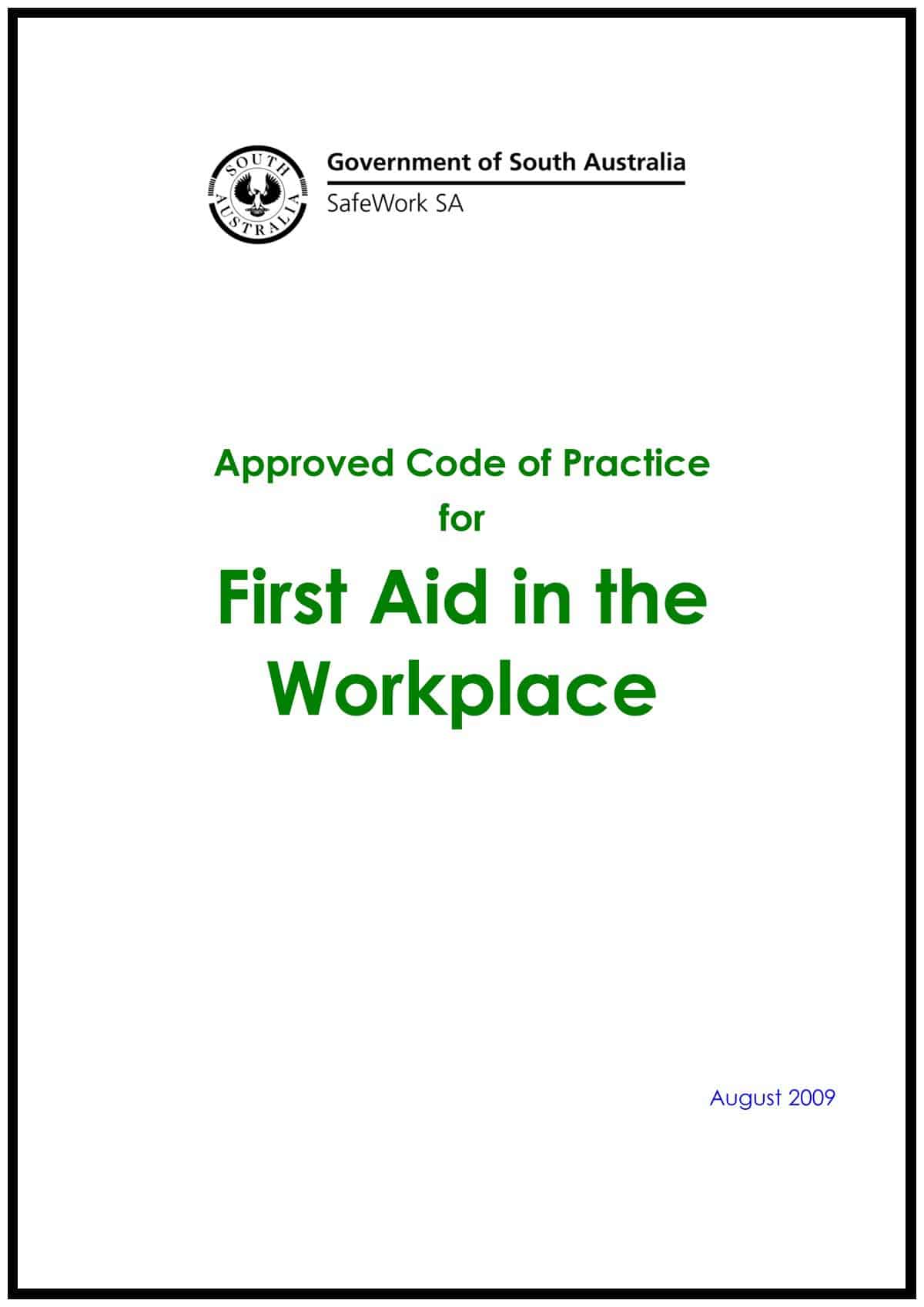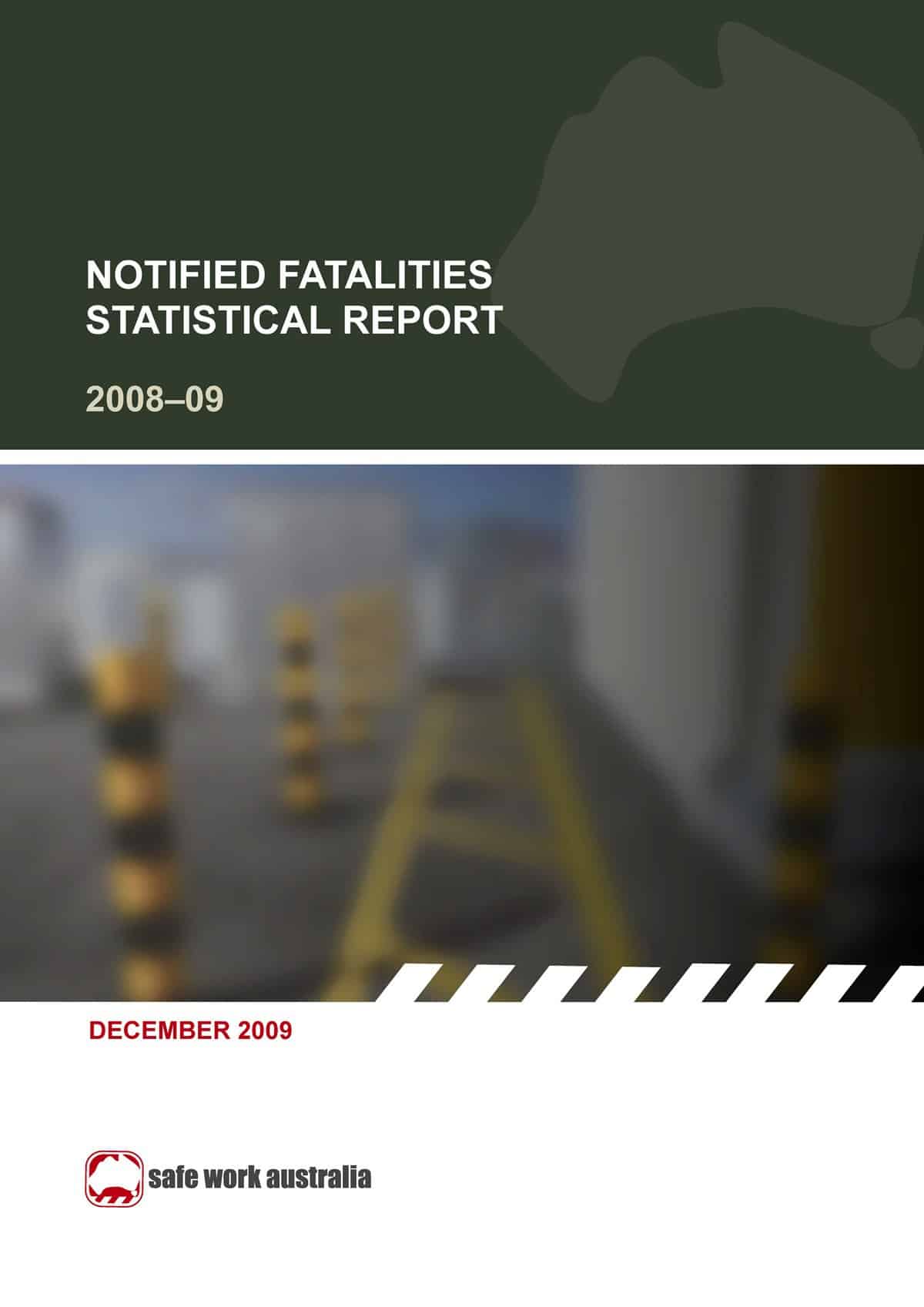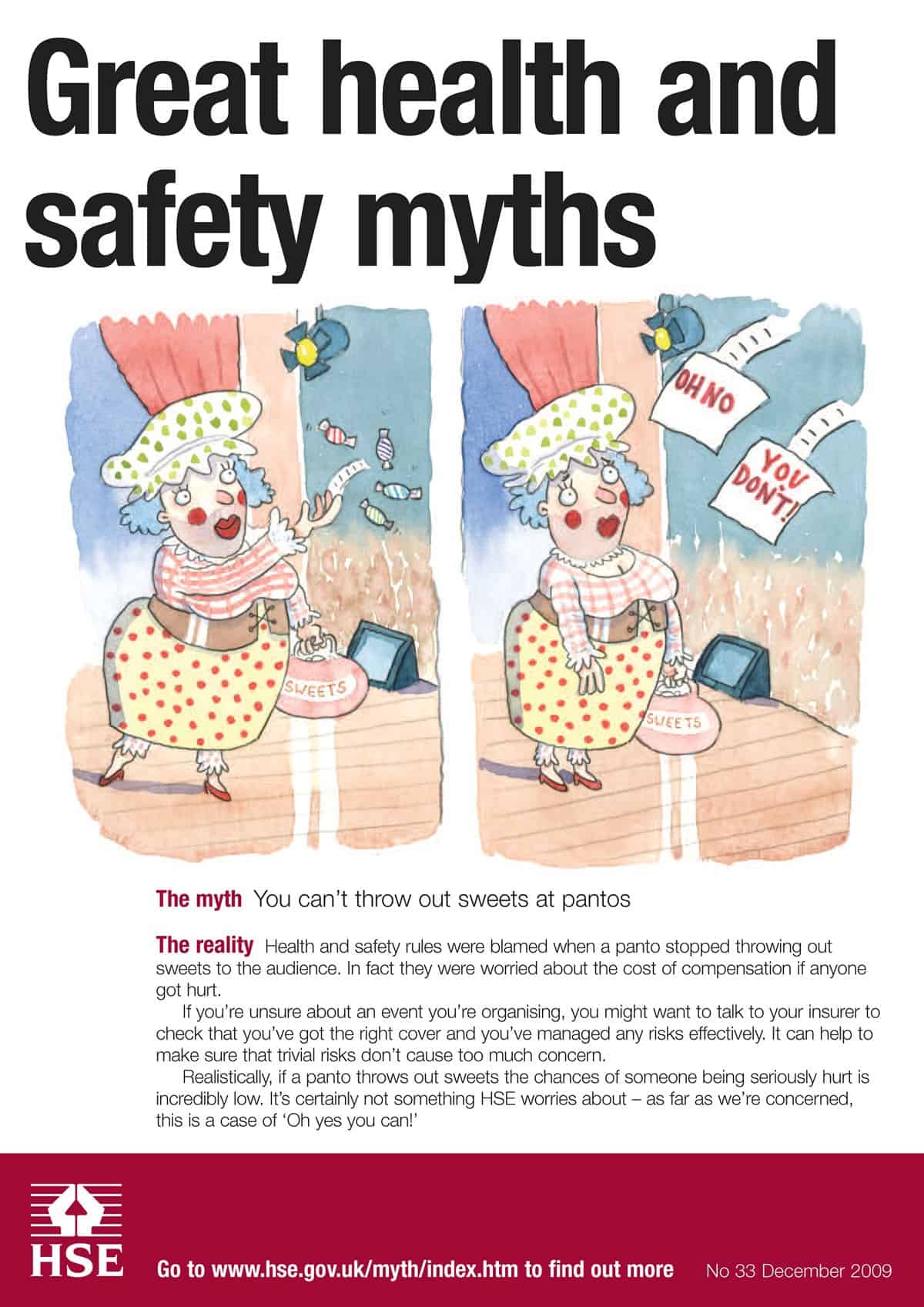Reports are coming out of New Zealand that representatives of the Education Department are uncomfortable with being charged under the country’s OHS legislation following a fatal boiler explosion at Orewa College.
On 24 June 2009, a boiler exploded at Orewa College in Northland, New Zealand. Initial media reports said that the boiler was being repaired the day after a malfunction. Rough phone video taken by one of the students during the evacuation is available online.
Richard Louis Nel received burns to 90 per cent of his body and later died. A contractor, Robin Tubman, suffered a fractured skull and a shattered face.
The Department of Labour indicated shortly after the event that an investigation had begun but the Board of Trustees chairman Phil Pickford has questioned the delay in the prosecution. According to one media report, Pickford said:
“On December 24 it will be six months since the tragedy and here we are at the 21st… They have to prosecute within six months and they have left it to the last minute. Why? I could surmise why, but I’m sure there’s another way they could have done it.”
SafetyAtWorkBlog contacted the NZ Department of Labour on 21 December 2009 for further information about the prosecution. All the spokesperson would say is that “the outcome of the investigation is still being finalized”.
The belief that schools are not covered by OHS legislation is a common misperception in Australia and, from what one NZ SafetyAtWorkBlog reader says, New Zealand also. Partly this is because the education of children is seen as the principal focus by teachers and educators, to the exclusion of all else. Modern businesses and institutions have slowly learnt that this is not the case and that there are a wealth of obligations, legislative and social, that apply. Educational institutions are often slow to acknowledge this reality.
Another reason, which may stem from the first, is that government departments have been very hesitant to prosecute each other. This may also be supported by the political conflicts that could arise by one politician’s department taking action against another politician’s department. Politicians should not take the credit for departmental achievements and then not be held accountability for failings (although this seems to happen frequently).
In August 2007, The Education Department in Victoria was fined $A8,000 for ignoring the directions of a WorkSafe inspector. The media statement on the case illustrates a dismissive attitude to OHS issues.
Of more significance were issues at Merrilands College where “a Victorian principal accused of bullying has been removed from school and given a job in the Education Department after years of complaints by staff” according to The Age in July 2004. The issues at Merrilands had been occurring for some time:
“It was also revealed that the Education Department – which confirmed there had been “Worksafe (sic) issues” at the school in the past – had known about the allegations since 2000, when 12 teachers wrote to the department after a staff member died of a heart attack that some believed was linked to workplace stress.”
According to the same media report
“WorkCover recently issued an improvement notice against the department following allegations of bullying and harassment at two other schools in the northern suburbs.”
To some extent the Orewa College explosion is a more straightforward prosecution because the incident came from an equipment failure and did not relate to the teaching staff or students. The administrative staff are likely to be asked about maintenance schedules, particularly after other schools in the area had their boilers inspected with several found to be less than perfect. It is likely that the prosecution by NZ DoL will illuminate the plant maintenance procedures of secondary colleges but, perhaps of more long-lasting significance will be the attitudes of the education department and school representatives on show in court.






